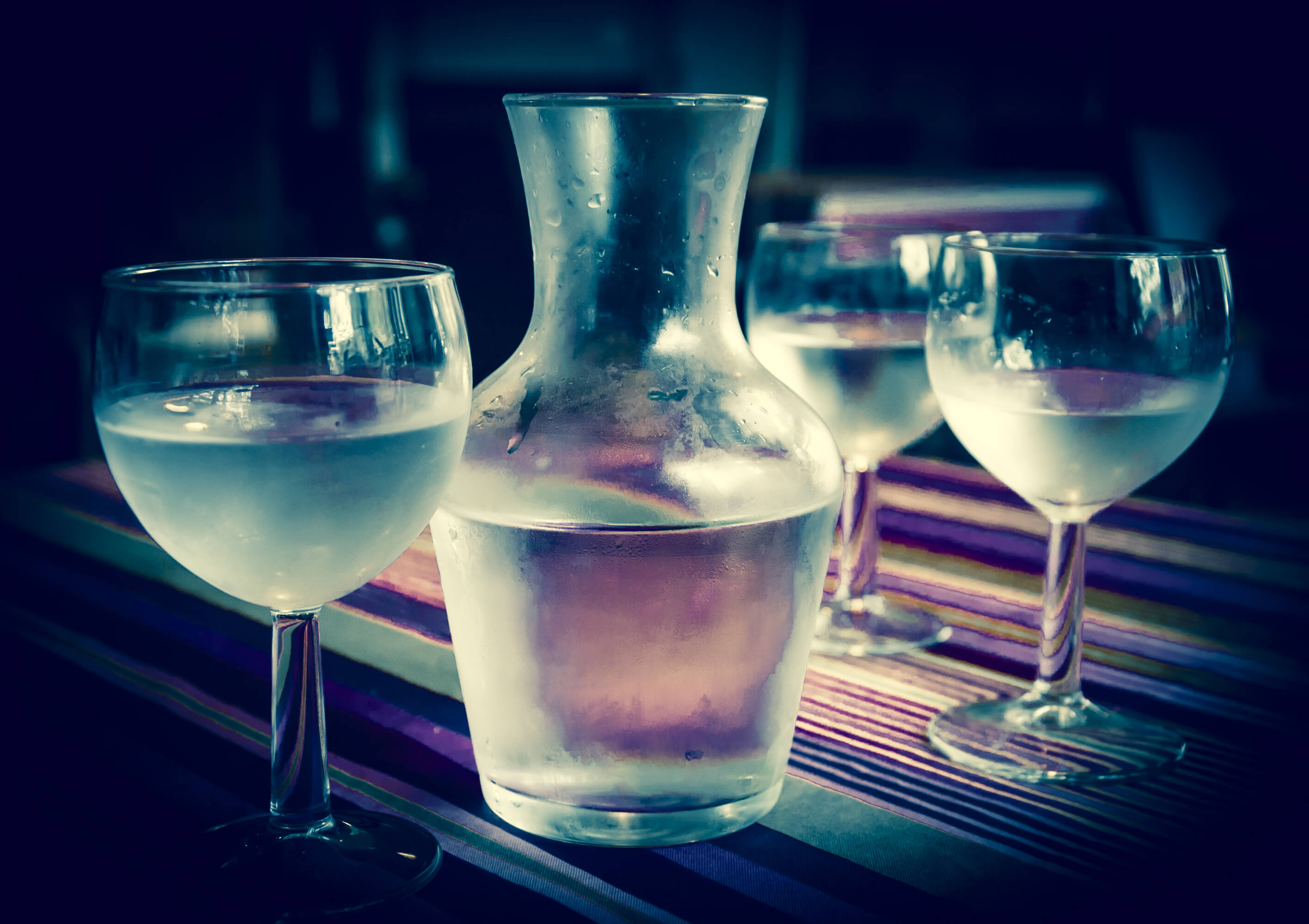Historically, water has been thought of as a flavourless element. Aristotle himself mentioned back in 330 BC that the sacred drink had no flavour and for a long time after many other philosophers followed him and claimed that water was totally flavourless.
Today many scientific studies suggest that the human sense of taste actually does respond to water. The resulting sense of flavour after drinking water is sometimes the continuation of a previous taste, such as the sweet effect after eating salty food. The on-going investigations have also pointed out that there is real evidence of water-sensing nerve cells in mammals. The debate is closed.
Currently, professional tasters rate water on six characteristics: appearance, odor, flavor, mouthfeel, aftertaste, and overall impression. Water in Europe is known for its noticeable and contentious flavour. It contains medium/high amounts of minerals that offer a notable mouthfeel. On the other hand, purified water has low or no taste at all.
Developing a palate for water is similar to the procedure for wine: Water, as well as wine, absorbs components from the minerals and compounds it comes into contact with as it moves through the earth.
But when it comes to tasting water and differentiating between the flavour adulterants that make it vary considerably, there are various factors that must be taken into consideration.
Serving temperature
Experts recommend 15 ºC for tasting water correctly. Anything drunk below that temperature will lack most of its flavour.
Minerals
Mountain waters can vary considerably. The presence of different minerals alters the flavor and provides a stronger taste, but for example Nordic Life is so pure and low in TDS that it’s definitely a subtle flavour.
Soft/hard chemistry
Magnesium and calcium contribute to a hard water, a challenge for cooking. On the other hand, softer waters affect bakery due to the lack of calcium required by gluten molecules. An excess of calcium smooths the taste and provides a milky sense, magnesium gives water a bitter touch, sodium turns salty and iron provides a metallic taste that often comes from old pipes. In high levels, iron can also be followed by another toxic metal – lead.
Disinfectants
Using certain types of treatments can give a medicinal taste to the water.
Filters
Even though they remove less desirable flavor elements, they also take out the good parts that make water flavorful and distinctive.
TDS
Waters that are high in TDS tend to dominate the taste of wines and other side beverages. For this reason, Nordic Life’s low TDS profile is the perfect match to enjoy with wines, cocktails and spirits.
Distillation
Methods for separating mixtures based on differences in the water conditions can take out all the taste.
Source
Surface waters are quite variable when exposed to rainfall, surface run off, soil, etc. Much more isolated and stable are the artesian waters in underground lakes and certain springs. These have plenty of dissolved inorganic salts that give a pleasing taste that is unlikely to vary.
Also, remember that if you get the chance to taste different kinds of water try and look for high grade containers like the ones offered by Nordic Life (glass or PET plastic). Store your bottles out of direct sunlight and keep them slightly refrigerated. Try to consume your stored water within a year as it makes no sense to buy it for its purity and then leave it in the cupboard for a long time. Although there is no shelf life for bottled water and the expiry date is really only used for stock rotation reasons, you will get the best taste if you consume it in the recommended time.
If you have the chance to choose, remember there’s no substitute for serving water from a perfectly chilled Nordic Life glass bottle, poured out as clear and pure as it was on the day it was sourced.

